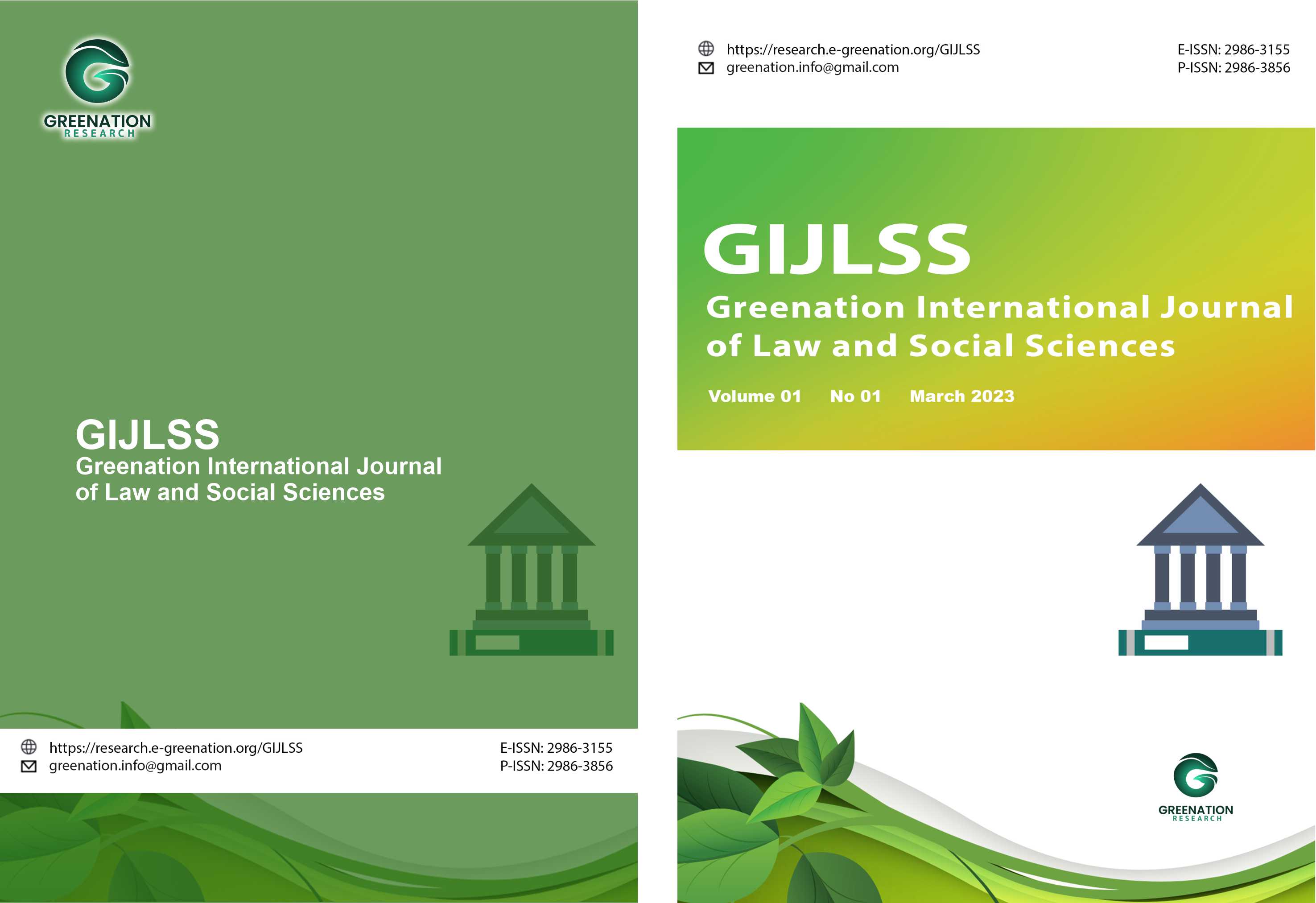Urban Cultural Representation in Student Photography: A Case Study of the “Warna-Warni Jakarta” Exhibition
DOI:
https://doi.org/10.38035/gijlss.v3i2.455Keywords:
Visual Representation, Urban Culture, Student Photography, Semiotics, JakartaAbstract
This study examines the representation of urban culture in student photography showcased in the "Warna-Warni Jakarta" exhibition as a visual medium rich in social and symbolic meanings. Employing a descriptive qualitative approach and case study method with Roland Barthes’ semiotic analysis, this research aims to identify the visual elements used by students, interpret the implied cultural meanings, and understand young people's perspectives in interpreting the realities of Jakarta. Data were collected through direct observation of the exhibited works, in-depth interviews with student photographers and visitors, and visual documentation. The findings reveal that student photography does not merely present aesthetic beauty, but also voices social criticism, displays community solidarity, and reflects inequality within urban society. Through visual symbols such as street murals, cramped spaces, and citizen activities, students construct an inclusive and reflective cultural narrative. In this context, photography serves as an effective and strategic tool of cultural communication that contributes to shaping the collective consciousness of urban dwellers.
References
Astiti, N. P. (2016). Fotografi urban sebagai media ekspresi artistik dan kritik sosial. Jurnal Imajinasi, 10(2), 45–56.
Baetty, A. N., & Sari, M. P. (2023). Analisis semiotika fotografi human figure pada foto karya mahasiswa pendidikan multimedia UPI. Jurnal Desain, 7(2), 101–112. https://doi.org/10.1234/jd.v7i2.2023
Barthes, R. (1977). Image, music, text (S. Heath, Trans.). London: Fontana Press.
Creswell, J. W., & Poth, C. N. (2018). Qualitative inquiry and research design: Choosing among five approaches (4th ed.). Thousand Oaks, CA: SAGE Publications.
Florida, R. (2014). The rise of the creative class–Revisited. New York: Basic Books.
Hall, S. (1997). Representation: Cultural representations and signifying practices. London: SAGE Publications.
Herry. (2023). Analisis semiotika karya human interest pada pameran foto mahasiswa Fakultas Ilmu Komunikasi dan Bahasa UBSI. Jurnal Pariwara, 3(2), 1–12. https://doi.org/10.5678/pariwara.v3i2.2023
Ismanto, Y. (2019). Urban photography: Visualisasi kehidupan sosial di kawasan perkotaan. Jurnal Komunikasi Visual, 8(1), 23–34.
Koskinen, I. (2018). Urban photography as a method: Visual ethnography and the city. Visual Studies, 33(2), 123–137.
Miles, M. B., Huberman, A. M., & Saldaña, J. (2018). Qualitative data analysis: A methods sourcebook (4th ed.). Los Angeles, CA: SAGE Publications.
Novianti, E., Tahalea, S. A., & Dewanti, A. R. (2022). Kajian estetika fotografi urban “#JakartaBelumHabis” karya Chris Tuarisa. Rekam: Jurnal Fotografi, Televisi, Animasi, 19(1), 17–24. https://doi.org/10.1234/rekam.v19i1.2022
Novianti, E., Tahalea, S. A., & Dewanti, A. R. (2023). Kajian estetika fotografi urban “#JakartaBelumHabis” karya Chris Tuarisa. Rekam: Jurnal Fotografi, Televisi, Animasi, 19(1), 17–24.
Rafi’i. (2021). The Meaning of Sapi Sonok Culture for Madura Community.
Rose, G. (2016). Visual methodologies: An introduction to researching with visual materials (4th ed.). London: SAGE Publications.
Susanto, R., & Fauzan, M. (2023). Urban cultural identity in Jakarta’s public spaces: A visual ethnography. Komunika: Jurnal Komunikasi, 17(2), 155–168. https://doi.org/10.1234/komunika.v17i2.2023
Triary, M. H., & Susilo, D. (2023). Jakarta’s urban culture representation on social media @jakarta_tourism: A semiotics analysis. Simulacra: Jurnal Sosiologi, 6(1), 85–97. https://doi.org/10.1234/simulacra.v6i1.2023
Tunggul Aji, D., & Taju, F. S. (2022). Representasi visual dan memori kolektif dalam foto karya Hasan Sakri Ghozali. Jurnal Ars, 25(1), 7–16.
Downloads
Published
How to Cite
Issue
Section
License
Copyright (c) 2025 Rafi'i, Jamalullail, Novida Irawan, Sri Hesti, Rachmat Baihaky

This work is licensed under a Creative Commons Attribution 4.0 International License.
Copyright :
Authors who publish their manuscripts in this journal agree to the following conditions:
- Copyright in each article belongs to the author.
- The author acknowledges that the Greenation International Journal of Law and Social Sciences (GIJLSS) has the right to be the first to publish under a Creative Commons Attribution 4.0 International license (Attribution 4.0 International CC BY 4.0).
- Authors can submit articles separately, arrange the non-exclusive distribution of manuscripts that have been published in this journal to other versions (for example, sent to the author's institutional repository, publication in a book, etc.), by acknowledging that the manuscript has been published for the first time at GIJLSS.
























